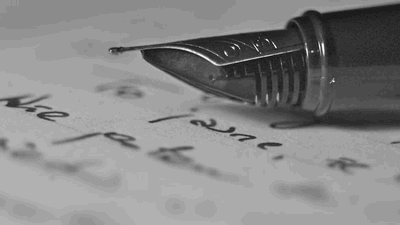5 prompts for proofreading a term paper
When writing an essay it is important to ensure that one proofreads the work they have written before it is submitting. This will enable a person to correct as many errors as possible. A person might have written an award winning essay, but as long as it has got spelling and grammatical errors it will not go far. Similarly, proofreading an essay by a student might mean a difference between passing and failing to be admitted into a college by an admission board. A student should therefore always make it a practice to make a thesis proofreading before submitting. The following are prompts that a person can use to produce an error free essay.
- a. After you are through with the writing use the spelling and grammar checkers to identify any grammatical errors and spelling mistakes. These tools are quite helpful as they will highlight the errors and provide corrective suggestions. However, you should be cautious since they are not entirely fool proof. For example a word may be highlighted as misspelled while actually it is not. In the same context some grammar checking tools highlight errors but may not provide explanation as to why that particular phrase needs revising.
- b. After writing the essay a person should get away from the essay or at least take a break to clear your head before coming back to proof read the essay. This way, the essay will not be too familiar to you and you will be able to identify errors. A five minute break is just as sufficient since it helps you to return to the article with a fresh mind and eye.
- c. Proofreading in a quiet environment helps a person to concentrate and avoid distractions. This would mean that if possible a person should secure a quiet location or at least a place with little number of distractions. Also you can try reading out loud and slowly. This will help you to say each word and hear how they sound, thereby making it impossible to skip over errors.
- d. Another technique that you can use is to separate the text into individual sentences. This would help you to read each sentence carefully. Then you look for grammar, punctuation and spelling errors. If you are using a hard printed copy, then you should use a ruler to single out the line that you would be using.
- e. You could also try reading the paper backwards starting from the last word. This would help to track spelling errors.
